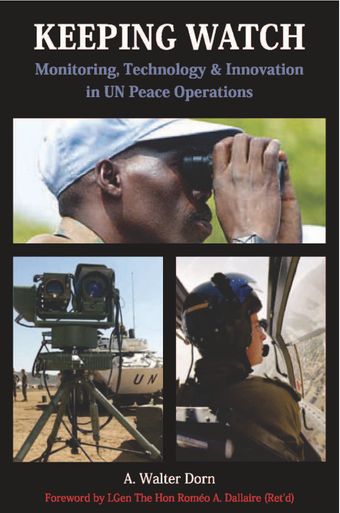- Home
- Books
- Keeping Watch
- Chapter
Multidimensional peace operations: Cases

- Author: A. Walter Dorn
- Main Title: Keeping Watch , pp 108-153
- Publication Date: October 2013
- DOI: https://doi.org/10.18356/1df9be99-en
- Language: English
Traditional peacekeeping is appropriate after a conventional war fought by armies and once a cease-fire with well-defined cease-fire lines has been established. This has been rare in the post–Cold War world, where most of the fighting is not of an international but of an internal (intranational) character. Hence, modern peacekeeping forces need to be deployed throughout a territory and in the population centres rather than in no-man’s land. Intensive negotiations prior to and during an operation need to occur with the host state and any conflicting parties. Resolving a conflict after (or during) civil war also involves a commitment to peacebuilding, meaning the development of the physical, psychological and governmental infrastructure for a sustainable peace. This entails a larger set of tasks and a wider set of players, including police and civilians. It also means that technology needs to be applied in novel fashion.
© United Nations
ISBN (PDF):
9789210563390
Book DOI:
https://doi.org/10.18356/c3365c39-en
Related Subject(s):
Human Rights and Refugees
Sustainable Development Goals:
-
From This Site
/content/books/9789210563390c011dcterms_title,dcterms_subject,pub_keyword-contentType:Journal -contentType:Contributor -contentType:Concept -contentType:Institution105
/content/books/9789210563390c011
dcterms_title,dcterms_subject,pub_keyword
-contentType:Journal -contentType:Contributor -contentType:Concept -contentType:Institution
10
5

